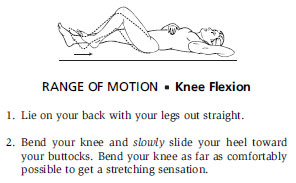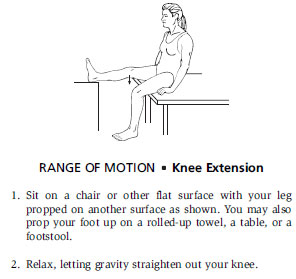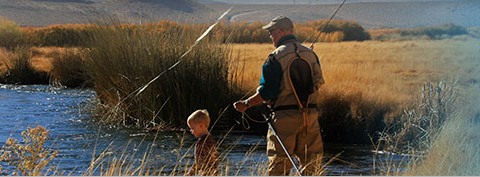After an Injury
I’ve hurt my knee.
I don’t think it’s broken, but what should I do?
If you have not done so already, please give our office a call to schedule an appointment. Our offices typically have same- and next day availability, with the exception of weekends and holidays. Early assessment of the injury can improve your rehabilitation and recovery.
Mammoth (760)924-4084
Bishop (760)872-7766
Between your time of injury and your appointment, here are a few helpful tips on what to do, in order to keep you ahead of the curve!
Rest
- While keeping your knee moving is important, it is also important to know your limitations. If a certain activity significantly increases your pain, or makes your knee unstable, try to avoid it.
Ice
- Ice helps to relieve the pain from injury and it can help prevent/reduce swelling.
Compression
- Wrapping your knee with an elastic (i.e. ACE™) bandage can help relieve some of the swelling in your knee. When wrapping, start approximately 6 inches below the center of the knee, and work your way up, approximately 6 inches above the knee.
Elevation
- Elevating the injured leg above the level of the heart can also help alleviate some swelling that you may be experiencing
Range of motion exercises
- Moving your knee early on can help prevent stiffness


Over the counter pain medication
- Non-steroidal anti-inflammatory drugs (NSAIDs), such as ibuprofen (i.e. Advil® or Motrin®) or naproxen (i.e. Aleve®)
- Or acetaminophen (i.e. Tylenol®)
- Take as needed according to manufacturer’s instructions





















